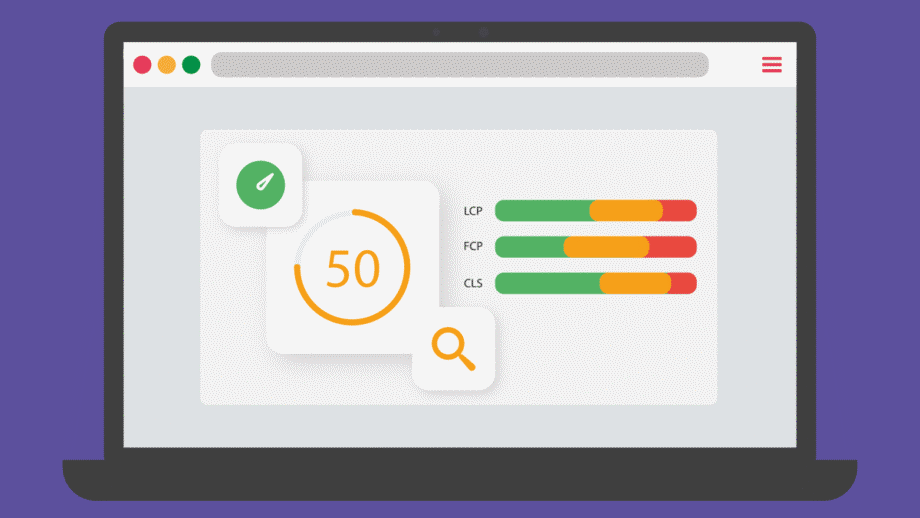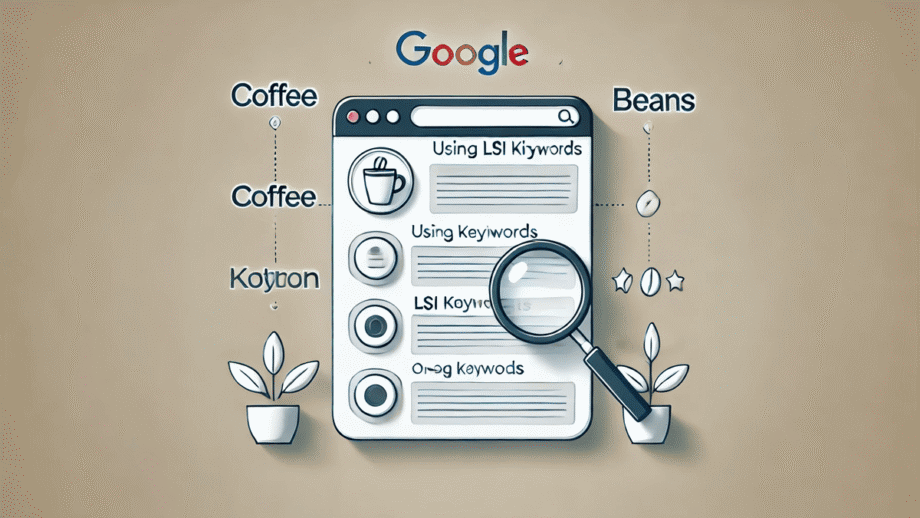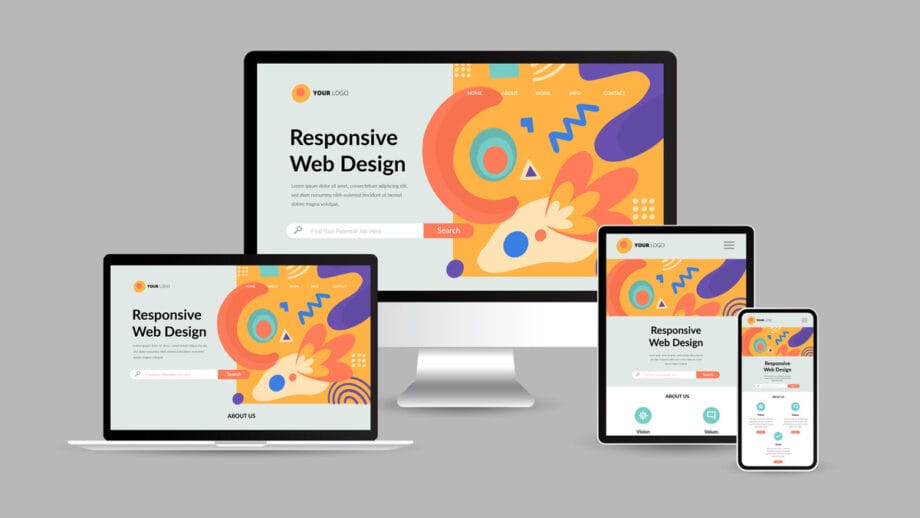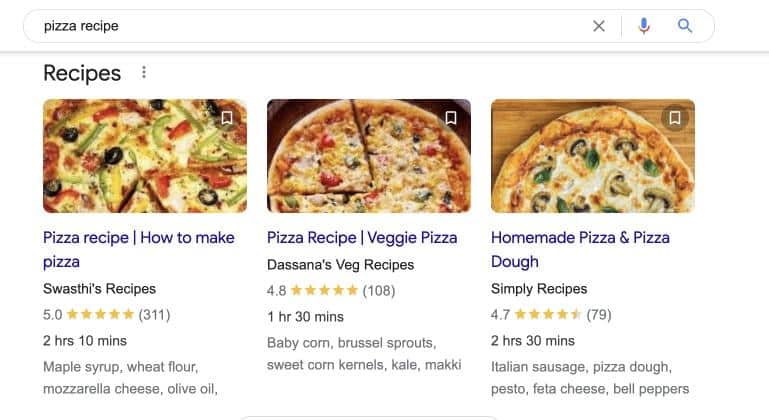WordPress is the most famous and widely used content management system in the world, powering 43% of the world’s websites. The platform is inherently SEO friendly, making it easier to rank your site.
However, many website owners make mistakes that turn out to be a big reason for the de-ranking of their site. They end up losing organic traffic, and of course, it also affects the revenue generated by the platform.
In 2026, as a search engine, Google prioritizes user experience and AI-driven search. The mistakes by site owners can create a bad signal for Google, which affects the performance of the site in turn.
It’s not only an aspiration but also the competitive need of a website owner to improve their site’s visibility in the search engine. For this, a web owner needs to understand the dynamics of their site.
Let’s discuss the WordPress SEO mistakes you should avoid in 2026 and learn how to fix them effectively.
1. Ignoring Site Speed and Core Web Vitals

The Mistake!
Speed optimization is the most crucial factor that ranks your site, yet also the most overlooked one.
Most web owners completely ignore it, resulting in low loading times due to unoptimized images, heavy themes, excessive plugins, and poor hosting choices. If you have ever wondered why your WordPress site is so slow, these are often the main reasons behind sluggish performance.
Why It Matters?
The loading speed of a site is a Core Web Vitals, and Google uses it as a ranking factor. Even if your website has a beautiful homepage and provides value, if it takes 10 seconds to load, half of the users will leave immediately. If you are not focusing on the speed optimization of your website, you are intentionally destroying the user experience.
How to Fix it?
- Choose a fast hosting provider: Invest in quality managed WordPress hosting with SSD storage and CDN integration.
- Optimize Images: Compress images and use formats like WebP. Also, use the lazy loading approach to improve user experience.
- Minimize plugins: Keep a regular check on the unnecessary plugins and remove them.
- Select light themes: Choosing the right theme that represents a balance between sophistication and attractiveness is important. These themes should not take much time to load as well.
2. Poor Keyword Research and Targeting

The Mistake!
Unprofessional site owners skip the keyword research, or even if they don’t, they target very competitive keywords; as a result, the site does not rank. Most importantly, they don’t focus on the search intent of the keywords, and this is where Google’s focus lies in 2026.
Why It Matters?
Not doing the keyword research, or doing it improperly, means shooting in the dark. You might end up creating content that no one searches for, or working with keywords that are impossible to rank on your domain.
How to Fix It?
- Keyword research: Use tools like SEMrush, Ahrefs, or Google Keyword Planner to find relevant keywords.
- Understand the user’s search intent: Write your content in such a way that it addresses readers’ concerns properly.
- Optimize for local SEO: If you’re a local business, using location-based keywords always helps in attracting the targeted clients.
- Target long-tail keywords: Using the low-competition keywords that match your content is a good idea.
3. Neglecting Title Tags and Meta Descriptions

The Mistake!
Title tags and meta descriptions deserve the same effort and work as other content. Leaving them blank or using the same on every page is another common mistake made by site owners in 2026.
Why It Matters?
When a user searches for a keyword, they want the results to immediately pop up with a satisfactory answer. Title tags and meta descriptions are the places where you can catch the user by exactly giving them what they are looking for. If you do not put effort into it, it will directly affect the click-through rates on the website.
How to Fix It?
- Interesting title tags: Use descriptive, keyword-rich titles under 60 characters for each page.
- Compelling Meta Description: Write a meta description using 150-160 characters.
- Use target keywords: Naturally integrate your target keywords into both the title and the meta description.
4. Missing or Poorly Optimized Images

The Mistake!
Images are what make your written content look more appealing. Your images should be relevant, high-quality, and optimized for the web. Large and unoptimized images are a mistake made by most web owners who still don’t understand that it is damaging to their site.
Why It Matters?
If you leave the images unoptimized, it affects your site’s performance and even authenticity. Alt text is also important to enhance user experience, especially for visually impaired users, which in turn affects traffic and conversions.
How to Fix It?
- Add descriptive alt text: Write clear, keyword-rich alt text for all images.
- Optimize file size: Compress images before uploading them to your site. You can do this by using tools such as TinyPNG or Smush.
- Choose descriptive filenames: Use keyword-rich file names instead of generic ones like “IMG001.jpg”.
5. Ignoring Mobile Optimization

The Mistake!
Most website owners focus solely on designing their sites for desktop, putting all their effort into making them look good and rank well on desktop devices, while mobile users are left waiting for the site to load. If your site is not mobile-friendly, you are a bad website in Google’s eyes.
Why It Matters?
Over 64% of website traffic comes from mobile devices in 2026. One of the primary factors that ranks the site on Google is the site’s mobile version.
How to Fix It?
- Skip the big screens: The best practice is to prioritize mobile design first, think of a mobile screen instead of a desktop, when you design it.
- Responsive themes: Choose a theme that is compatible with all devices, including laptops, tablets, and mobile phones.
- Test on mobile devices: After your website is done, regularly check it on different devices and see if it performs consistently.
6. Weak Internal Linking Structure

The Mistake!
Not introducing internal links is one thing, and aimlessly adding them is also not much different than that. Internal links help the search engine understand your site’s hierarchy and content relationships; not choosing them wisely can confuse Google.
Why It Matters?
Internal linking is a solid content strategy; it helps Google crawl through your site and discover new content, but choosing the right links is also crucial, and they should serve a purpose. For example, a link about branding that does not link to your own branding services is a big opportunity missed.
How to Fix It?
- Purposeful linking: Only link to the pages that add value to the user’s content exploration, or something that leads the user to the next step.
- Use descriptive anchor text: Use keywords in the anchor text; do not just use generic words to add the link.
- Regular link audits: Check for broken internal links and fix them promptly.
7. Duplicate Content Issues

The Mistake!
Copying content from other pages is a mistake that only affects one’s own site. The requirements of 2026 are to offer value and uniqueness to your content, not just referring to someone else’s content.
Why It Matters?
Websites that look well-maintained sometimes have just duplicate content. They are just repeating what others have already done, lacking originality, perspective, or innovation. The reader and the search engine will not find such sites valuable. However, if you add something new, the user would like to read it and stay on your site for a longer period.
How to Fix It?
- Add canonical tags: To highlight the preferred version of a webpage, use canonical tags. This is done when there are multiple versions of similar content.
- Monitor with Google Search Console: Regularly check for duplicate content issues.
8. Not Optimizing for Featured Snippets

The Mistake!
Your content can be helpful and still not rank in the search results because it does not have structured content. If your content ranks in the featured snippet, the visibility will be dramatically increased. Why not structure your content in such a way that it appears in the featured snippet?
However, many website owners are not very hopeful that their content can compete with the other websites and appear in the zero position, which is why they also don’t put any effort into doing so.
Why It Matters?
It matters because appearing in the featured snippet can grow your site to a new level and establish your site as the most prominent one in your niche.
How to Fix It?
- Use schema markups: Use structured data in the form of schema markups so that search engines can understand your content.
- List-based approach: Use organized content that can include numbered lists, bullet points, and clear headings.
- Directly answer the questions: Five clear and concise answers to questions to grab readers’ attention.
9. Not Monitoring and Analyzing Performance

The Mistake!
A big mistake website owners make is thinking that SEO is a one-time job, and the site keeps going without it afterwards. In reality, your site needs continuous maintenance and care so that its performance can be improved.
Why It Matters?
Your site requires regular adjustments and performance evaluation. These are common SEO practices. If you do not give attention to your website, other sites will rank better than you, and there is a chance your site will lose its visibility on the search results.
How to Fix It?
- Use Google Analytics: Google Analytics is widely used to gain insights about organic traffic, user behaviour, bounce rate, and conversions. You can also use it for the site.
- SEO audits: Conduct SEO audits at least once a month.
- Track keywords ranking: Check if your keywords are performing well and ranking in your content.
- Keep track of updates: Keep yourself updated about the new updates and industry best practices.
10. Ignoring Local SEO (For Local Businesses)

The Mistake!
If you have a store in your town, what is stopping you from the right marketing that will not only bring orders but also build your store as a brand? A big mistake local business owners make is overlooking the importance of local SEO.
Why It Matters?
Local SEO is crucial for your business if it has a physical location. It will help you reach potential customers in your area. For example, if you offer construction services, and your online store overlooks the local SEO, your content won’t reach local customers who need your services.
How to Fix It?
- Include local keywords: If you are a local business, use keywords that are relevant to the location, so that Google can rank your content in the local area as well.
- Encourage reviews: Actively seek and respond to customer reviews.
- Create location-specific content: Develop content that addresses local interests and events.
Final Thoughts

With all that said above, now you know the most about website dynamics and the importance of suitable SEO practices. Want your website’s ranking in 2026? You should seriously consider these critical mistakes and work on them.
Always remember that SEO is not a one-time process; instead, it’s an ongoing activity. Your effort will define the outcomes in the form of conversions. This will increase the authenticity and long-term sustainability of your site.
If you are unsure where to start, focus on site speed and mobile optimization, because these are the primary ranking factors for Google.
Remember, a well-optimized WordPress site can make or break your business’s success.





